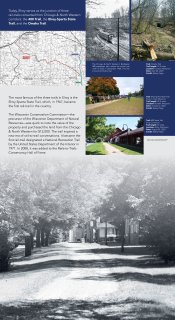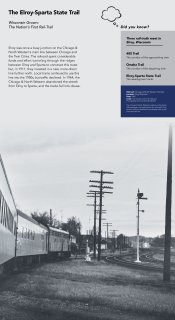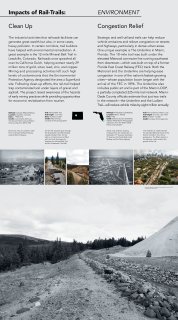
Once competitive rail lines now form partnerships in community trail networks
-
-
In a growing number of cities, urban rail-trails work in tandem with light rail and other transit systems to connect communities. Many of these modern-day networks trace their roots to nineteenth-century railroads and streetcar lines.
These once-dense urban rail networks developed in the days when numerous railroad companies competed fiercely for both passenger and freight business. The intensity of competition often resulted in saturated, overbuilt corridors independently owned by rival companies.
Today, many of these historic rail corridors are being revitalized with visions of green, health-conscious, and cost-effective transit options. With urban space at a premium, disused rail lines offer a golden opportunity for repurposing and constructing new paths to connect diverse neighborhoods across city districts.
---
---
Intercity Rail Rivalries
In Madison, Wisconsin, two railroads once dominated the transportation scene. Both the Milwaukee Road and the Chicago & North Western had lines radiating out of the city in four directions, and both railroads had parallel tracks competing across the downtown isthmus.
Madison has reshaped its rail infrastructure for twenty-first-century transportation needs. Segments of both the Milwaukee and the North Western railroads remain in freight service, operated collectively by the Wisconsin & Southern Railroad. And parts of both historic railroads help form an extensive trail network. From the competition of the nineteenth century, collaboration thrives today.
-
-
Caption:
Wisconsin & Southern 4178 pulls a freight train across the Monona Bay; the Capital City Trail traces John Nolan Drive to the east (detail), July 15, 2021. Photograph by Scott Lothes




